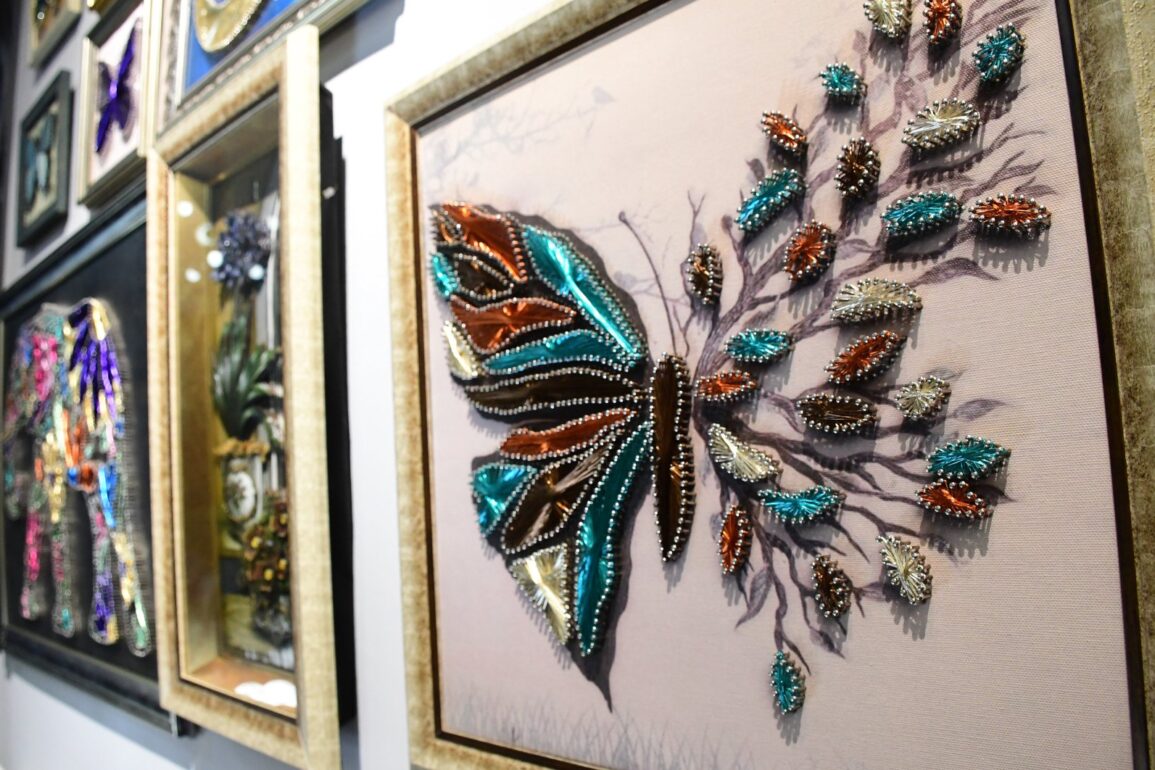
Emine Sarıkaya and Dilek Beyaz, housewives who took up filigree art at Düzce’s Public Education Center, continued their craft at home during the COVID-19 pandemic.
Now, supported by the state, they run a workshop at the Women’s Labor Center to meet growing demand. After showcasing their work at Düzce University, they decided to turn their hobby into a profession.
At the Women’s Labor Center, which operates under the governor’s office, the entrepreneurial women have developed their skills in a workshop allocated to them three years ago, and they now send their works to many cities via the internet, sometimes combining them with wood painting and relief arts.
Dilek Beyaz told Anadolu Agency (AA) that they were impressed by the works of their filigree trainer friend and started attending the course.
She explained that they had to stop attending the course due to the pandemic but continued producing: “We turned it into an opportunity at home. We began to improve ourselves and create different things; right after the pandemic, we held an exhibition at our university.”
Emine Sarıkaya explained that filigree, which originated in Iran in the late 17th century and was used for Ottoman-era wall decorations, continues to adorn walls and tables today.
She described it as an art that fosters imagination, allowing for both traditional techniques and creative freedom. She said: “We call it the love of nails and wires. You don’t necessarily need shapes; you can also design and draw a leaf in your mind and turn it into filigree.”
Sarıkaya also mentioned that after three years, they have sent products to 60% of Türkiye’s provinces and received positive feedback through online and social media sales.
“We always had the belief that we would succeed. After we started, we became overwhelmed with orders, which made us even happier. Filigree has given us the strength to start life anew by shedding the negative energy brought by the pandemic,” she added.
This post was originally published on this site be sure to check out more of their content








